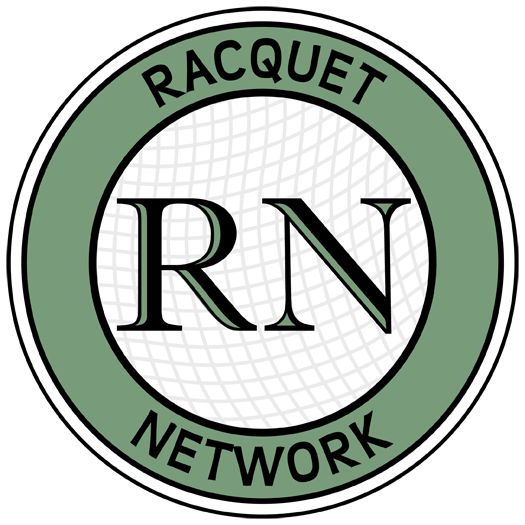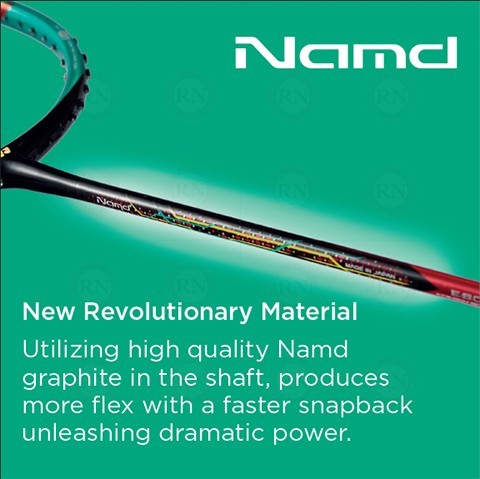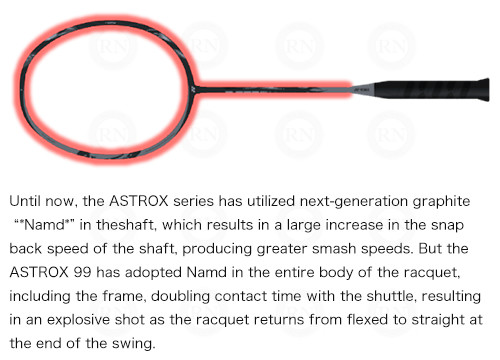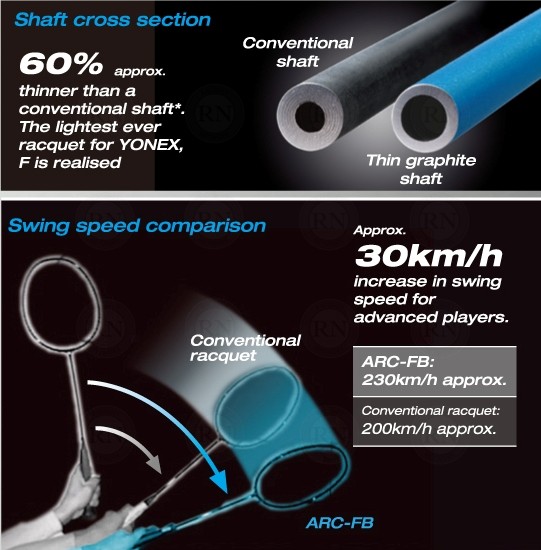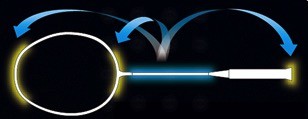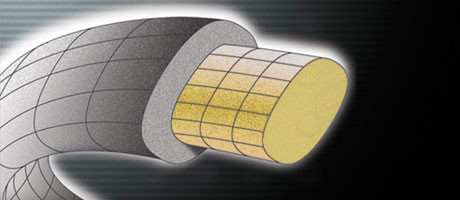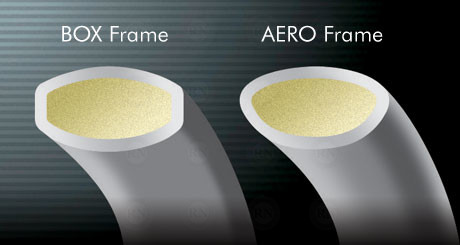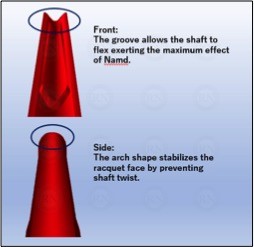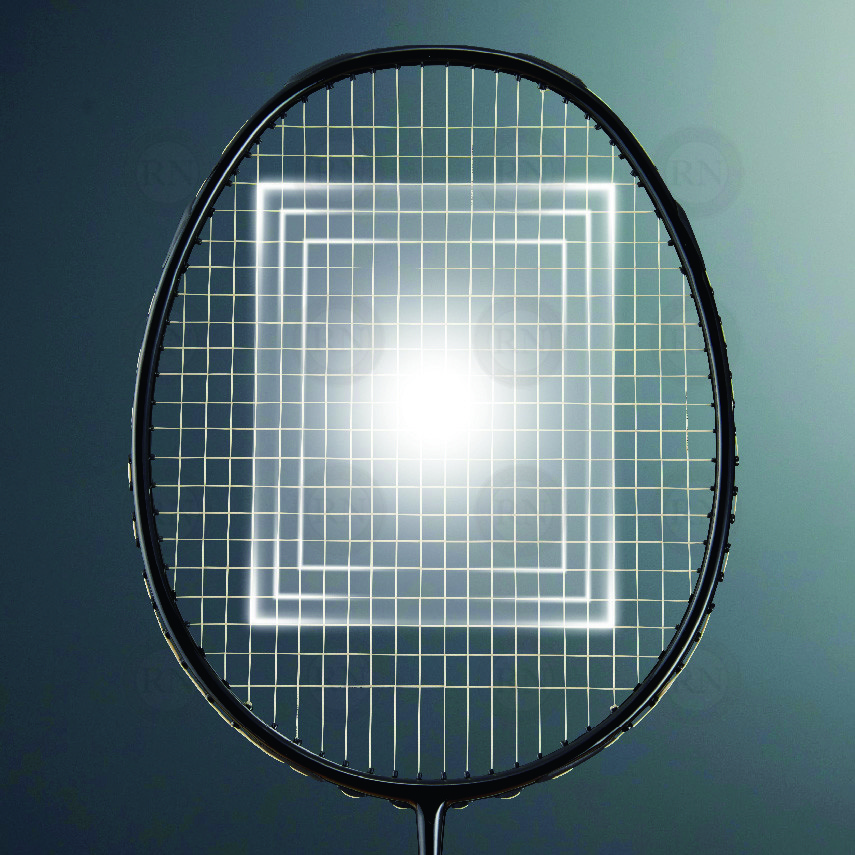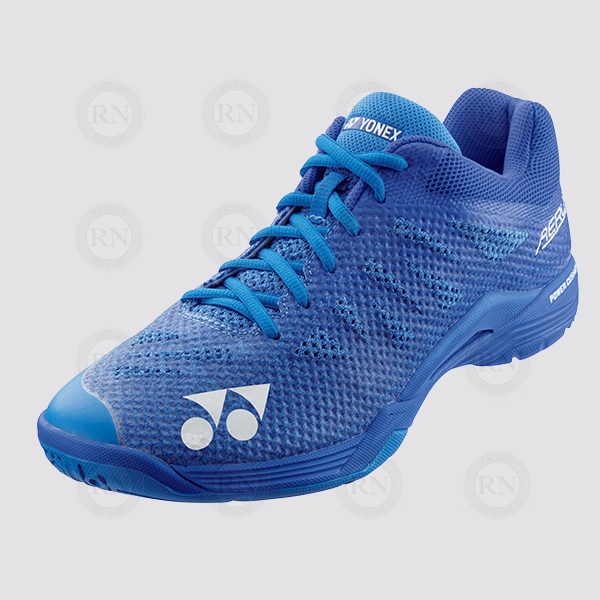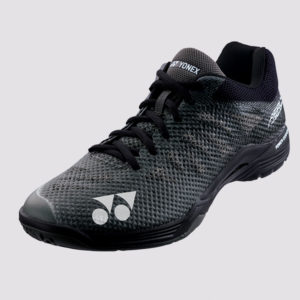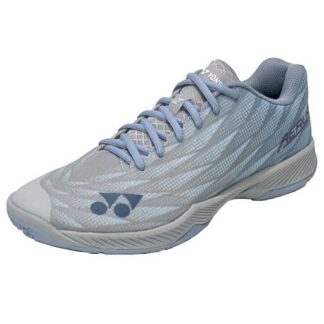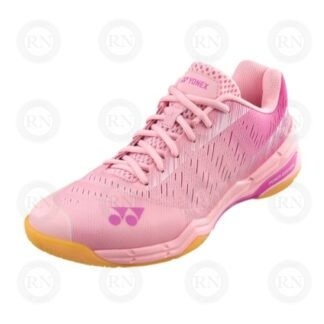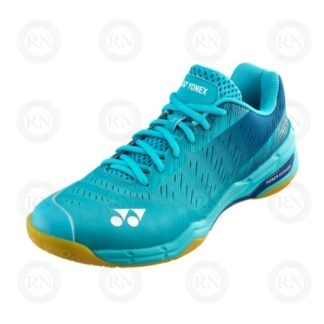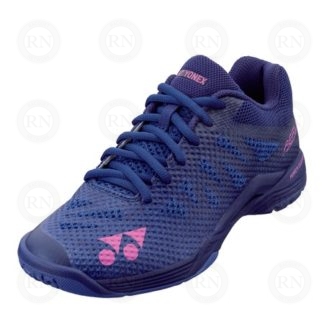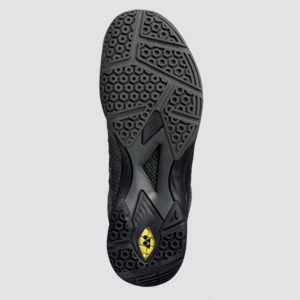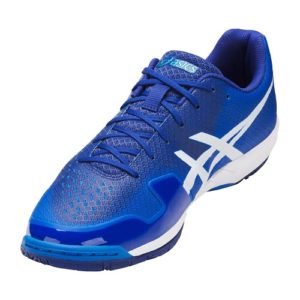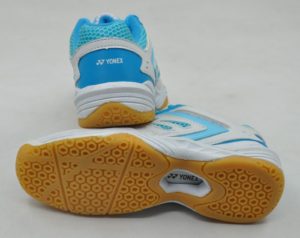Racquet Network does not own or operate any squash courts or squash facilities. Our players are active at the following publicly accessible squash facilities across Calgary. When necessary for tournaments and leagues, Racquet Network also rents courts from these same facilities.
- Acadia Recreation Complex (SE)
- Southland Leisure Centre (SW)
- Mount Royal University (SW)
- University of Calgary (NW)
- Trail Courts (NE)
- SAIT (NW)
Players are responsible for organizing their own matches paying their own court fees, booking their own courts and obeying the rules at the facilities they are using.
PUBLIC SQUASH FACILITIES
This is not a comprehensive list. It’s just a summary. If you want to add another facility, please let us know. The following allow the public to rent courts by the hour.
ACADIA RECREATION COMPLEX – 403-255-1252
Open to public. No membership required. Two squash courts. Three racquetball/wallyball courts. All can be rented by the hour by non-members. Advance bookings required by phone. They do not answer the phone on the weekends. They rarely answer it in the evenings either. Plentiful free parking.
FISH CREEK SPORTS CLUB- 403-256-1766
Private club with a bar and fitness area. General public can book courts and play for a $15 drop-in fee. Three squash courts. Two racquetball courts. Drop-in squash available Saturdays from 10-12 and Wednesdays from 7-9. Adult and junior lessons with a squash pro are available for both members and non members. Contact kiefer@raquetnetwork.com for more info on lessons. About 60 members at all levels. Membership fees are $40-60 per month depending on your membership plan. Free parking.
SOUTHLAND LEISURE CENTRE – 403-648-6555
Open to public. Membership optional. Two squash courts. Two racquetball/wallyball courts. All can be rented by the hour by non-members. Advance bookings required by phone. Online booking available. Plentiful free parking.
MOUNT ROYAL UNIVERSITY – 403-440-6517
Open to public. Membership optional. Six squash courts. All can be rented by the hour by non-members. Drop-in squash available Saturday mornings from 9-12. Box leagues available to MRU Recreation members. Advance bookings required by phone. General public can book 1 day in advance. Online booking available up to 7 days in advance for members. Plentiful parking, but it’s expensive except on Sundays.
UNIVERSITY OF CALGARY – 403-220-5029
Open to public. Membership optional. 10 squash courts. Four racquetball courts. All can be rented by the hour by non-members. Advance bookings required by phone. Online booking available. Plentiful parking, but it’s expensive.
SAIT – 403-284-8027
Open to public. Membership optional. Six squash courts. One racquetball/wallyball court. All can be rented by the hour by non-members. Advance bookings required by phone. Online booking available. Plentiful parking, but it’s expensive.
TRAIL COURTS – 403-277-9673
Open to public. Membership optional. Three squash courts. Four racquetball courts. All can be rented by the hour by non-members. Advance bookings required by phone. Plentiful free parking.
EAU CLAIRE YWCA – 403-269-6701
Downtown. Open to public. Two courts. Membership optional. Free parking.
PRIVATE SQUASH FACILITIES
The following require memberships. Some are well managed. Some are not. We don’t review clubs and we don’t allow members to review clubs on this website because in the past, some clubs have retaliated against us for poor reviews posted by our members. We encourage all prospective members to investigate thoroughly before committing to a long term membership.
FITNESS PLUS SOUTH – 403-258-0333
Private club. Members can bring guests. Three squash courts. Box leagues. About 60 players at all levels. Membership fees are $50-80 per month depending on your membership plan. Free parking.
WEST HILLHURST HEALTH CLUB – 403-283-0464
Private club. Members can bring guests. Three squash courts. About 80 players at all levels. Membership fees are $50-80 per month depending on your membership plan. Online booking available. Free parking but lot is often full.
WORLD HEALTH CLUB – 403-239-4048
Private club. Members can bring guests. 8 singles squash courts. 2 doubles squash courts. Box leagues. About 300 players at all levels. Membership fees PLUS court fees required for court access. Free parking, but a tiny parking lot.
BANKER’S HALL – 403-298-4750
Private club. Downtown. Four courts. Lots of members. Membership fees are about $80.00 a month. Parking is extra.
FIFTH AVENUE CLUB – 403-543-4747
Private club. Downtown.
WESTERN CANADIAN PLACE FITNESS CENTRE – 403-662-2240
Private club. Two squash courts and a gym. Public are welcome for a drop-in fee. Drop-in squash available from 11:30-1:30 on Fridays. Lessons and clinics with a pro are also available to members and the public.
BOW VALLEY CLUB – 403-265-9074
Private club. Dowtown. Very social place — essentially a bar/restaurant with a built-in squash club. Singles and doubles courts. Lots of members. No free parking.
Private Club. Lots of courts. Buy-in is something like $35,000. Annual fees are in the neighbourhood of $5000 per family. Plentiful free parking.
Private Club. Lots of courts. Buy-in is something like $50,000. Annual fees are in the neighbourhood of $8000 per family. However, they are not accepting new members, so the prices are moot. Plentiful free parking.
